Travel tips
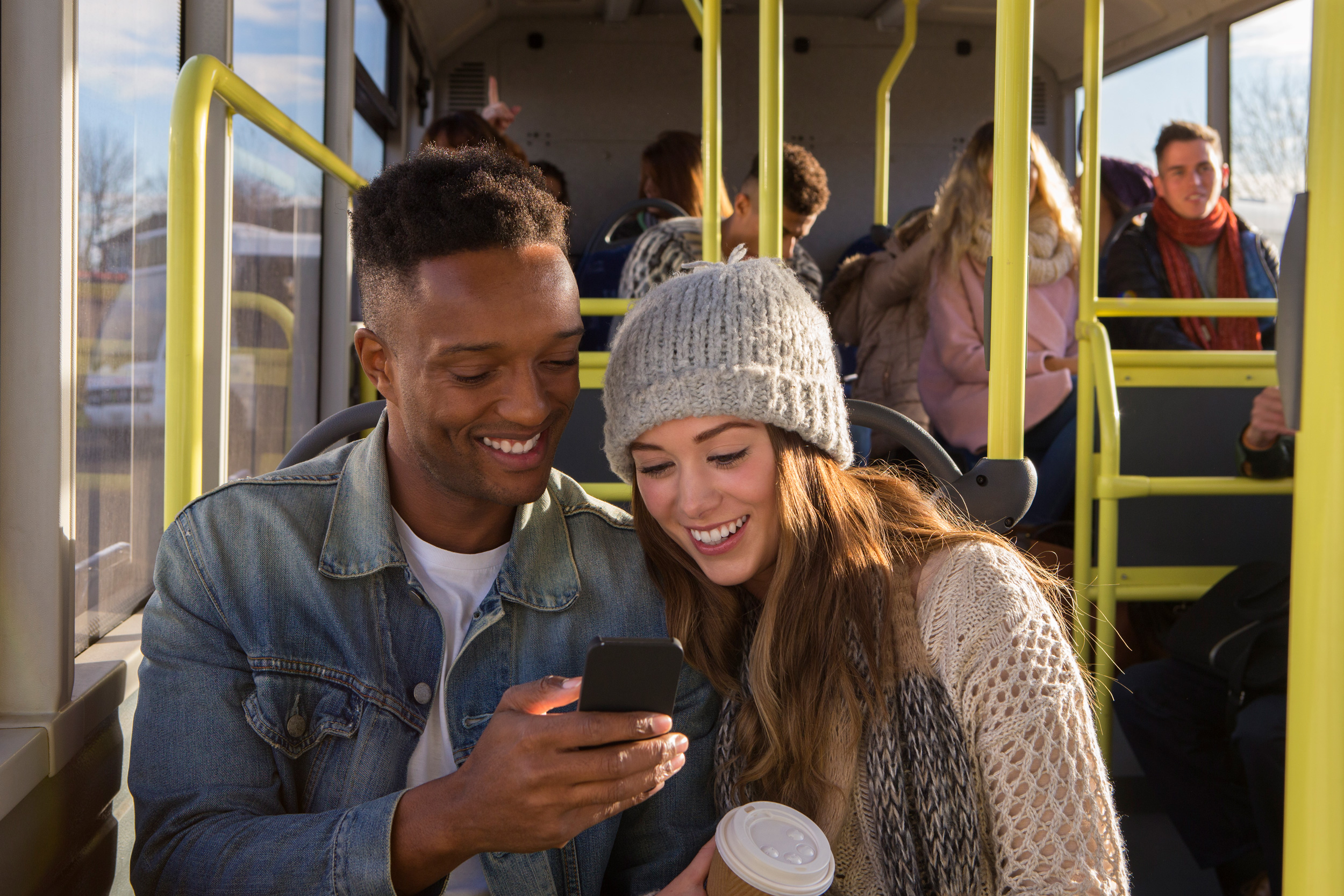
How to take the bus

Make your transit experience a safe and positive one by following these helpful tips:
- Have your exact bus fare ready before you board the bus.
- If you are waiting at a stop that is serviced by more than one route, stay back until your bus approaches.
- Take a seat as soon as you get on the bus. If standing, stay behind the white or yellow line and hold the handrails.
- Ensure children are seated when the bus is moving.
- Keep backpacks and bags off the floor and out of the aisles.
- When the bus is moving, allow the bus operator to focus on the road.
- Respect others. Use only one seat and take your trash with you when you leave.
- Be ready to exit the bus – collect your belongings before you reach your stop.
- Exit at the back (unless you require the ramp), ensuring the doors do not close on children.
Planning your route

The Transit Trip Planner can help you plan your route.
View the app online or download to your phone:
You can also call Codiac Transpo for assistance with route planning at 506-857-2008.
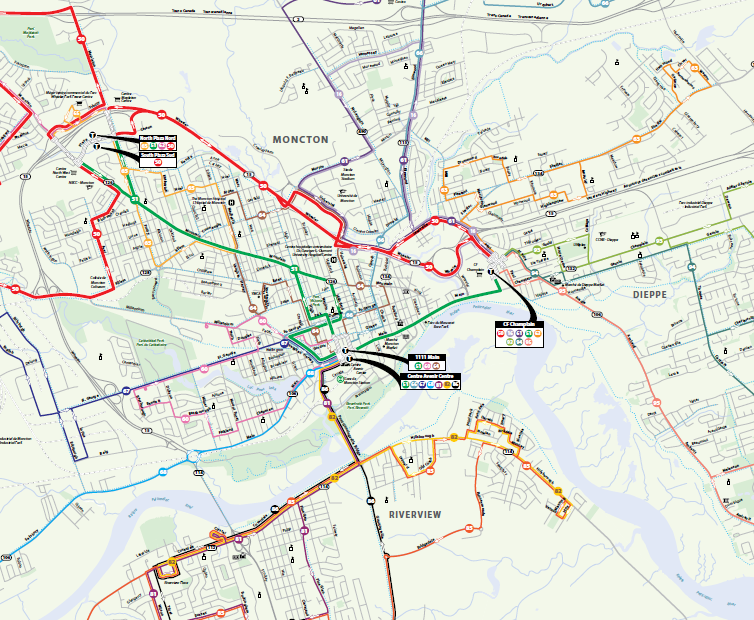
Priority seating

The first six seats at the front of the bus are designated priority seats and reserved for those with mobility needs.
Please respect passengers with mobility needs and give up a seat if required.
Travelling with groups of children

If you are travelling with a school or daycare group, call 506-857-2008 for assistance with trip planning.


Travelling with a pet

Pets are permitted on buses if they are properly restrained in a closed cage or pet carrier. Pets on leashes are not permitted. For information on travelling with a service animal, visit the Accessibility page.
Travelling with a bike

Let us help you with your commute! Our buses are equipped with bike racks so you can bike to your stop, then take your bike with you to your destination. Racks do not accommodate fat bikes or small child-sized bikes.
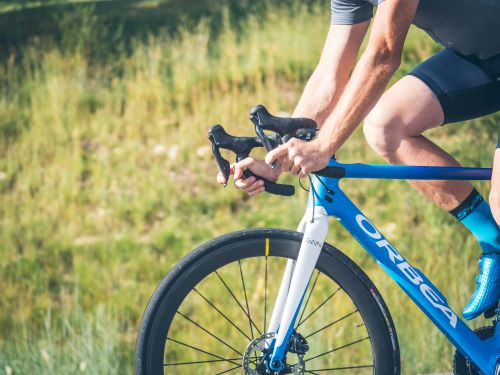
Get ready to load your bike
- While waiting for your bus, remove loose items from your bicycle – water bottles, saddlebags, and items that might obstruct the driver’s view.
- Inform the driver that you need to use the bike rack. You are responsible to load your bike.
- Always approach the bike rack from curbside.
- Wait for other bikes to be unloaded before installing yours.
- Always load your bike starting with the empty slot closest to the bus first. Children under 13 must have an adult load their bikes.
- Locking your bike to the rack is not permitted.
- Codiac Transpo is not responsible for damages to bikes, or for lost or stolen bikes.
Load your bike
- Hold your bike with one hand and squeeze the lever to lower the rack.
- Lift your bike onto the rack, ensuring the front and back tires are in the correct slot.
- Pull out the tire arm hook and let it rest on the highest point of your tire.
Unload your bike
- When exiting via the front door let the driver know you will be unloading your bike.
- Bikes are easy to remove no matter what slot they are in. Remove the tire arm and remove your bike to the sidewalk or curb side only.
- If no other bikes are being added, squeeze the handle and lift until the rack locks in place.
- Finally, signal to the driver when you are finished.
- Once the bus has left make sure to check for traffic before beginning to ride.

Travelling with a stroller

Single and double-long strollers are permitted on the bus without having to be folded as long as they do not exceed the allowed dimensions (no larger than 122 cm L x 57 cm W / 48” L x 22.5” W). Double-wide and other strollers that exceed these dimensions must be folded and stored between seats.
Open strollers must use the priority seating area:
- Priority seating is located at the front of the bus and is available of a first-come, first-served basis.
- Use the pull handle located under the seats to flip the seats to an upright position.
- Move the stroller into the space so as not to block the aisle.
- The child should remain in the stroller with the safety belt fastened.
- Set the stroller brake and keep it engaged at all times when the bus is in motion.
- Hold the stroller securely for the duration of the trip.
Passengers in wheelchairs take precedence for priority seating.
If priority seating is not available, or if it becomes unavailable en route, passengers with open strollers must:
- Move to a non-priority seating area.
- Remove the child from the stroller.
- Fold the stroller and store it between seats.
- Hold and secure the child.
Passengers must ensure they have full control of the stroller at all times and that they do not interfere with the safety or comfort of other passengers.
The bus operator has complete discretion on whether to accommodate an open stroller – passengers may be asked to close strollers even if they meet the guidelines, depending on if there is enough room to accommodate it, or if there is a question of passenger safety. In case of a dispute, please find an alternate seat and contact Codiac Transpo to lodge an official complaint.
Travelling with baggage

Passengers are permitted to bring baggage on board. Baggage must be kept out of the aisles. Skates are permitted on board, as long as you have skate guards on (even if your skates are in a bag).
Due to health and safety concerns, recyclable bags containing bottles, cans, and waste materials are not permitted on Codiac Transpo buses.
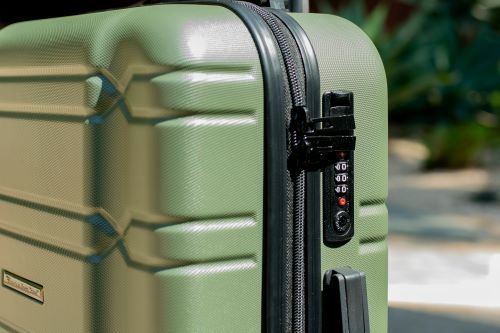

Holiday service

Codiac Transpo operates on certain holidays throughout the year. These holidays offer modified schedules (not the full network) that are publicized a few days before the holiday.
The Public Transit Governance Committee has approved transit service on the following holidays:
- Canada Day
- Thanksgiving
- Remembrance Day
Regular service is offered on the National Day for Truth and Reconciliation as it is not a provincial statutory holiday.
There is no service on the following holidays:
- New Years Day
- Family Day
- Good Friday
- Easter Sunday
- Victoria Day
- New Brunswick Day
- Labour Day
- Christmas Day
- Boxing Day
Free service

All passengers ride for free on Earth Day (April 22), from Wednesday to Saturday during Environment Week in June, on any election day, and on New Year’s Eve after 5:30 p.m.
In addition:
- seniors 65+ ride free on Wednesdays
- travelling companions of individuals with disabilities who require assistance ride for free
- passengers with visual impairments ride free with their CNIB card
- children under 12 from Moncton, Dieppe, and Riverview ride for free with the U12 pass
Find out more on our Fares page.

Snow clearing
Bus stops with shelters are all cleared of snow within 48 hours after the end of snow accumulation. Bus stops without shelters are only cleared of snow in high traffic areas or to alleviate safety concerns. When bus stops are not clear of snow, the bus will stop and pick up the waiting public in the nearest cleared driveway.
Winter storm delays
While our buses can operate in storms, including heavy snow and freezing rain, weather conditions can cause delays. We encourage passengers to take an earlier trip during winter weather events to ensure they arrive on time.
Winter storm cancellations
Our drivers are trained to drive in winter conditions and provide a safe alternative for winter travel to our customers. We remain running as long as it is safe to do so for both our drivers and customers.
Closures
In the event of a closure due to winter weather, a two-hour advance notice is provided before the last route to ensure all passengers have an opportunity to get home. When this occurs, notice is provided in the following ways:
codiactranspo.ca – homepage alert
- Codiac Transpo App Alert
- Codiac Transpo Facebook page post
- a notice sent to media
Codiac Transpo is not responsible for the decisions of private businesses when it comes to closures. Employees should take concerns to their employers.
Services
Request a Stop

After dark, drivers can stop between bus stops to let out passengers traveling alone. They will accommodate these requests as long as it is safe for the bus to stop. Simply make the request to the driver when you get on board.


Orientation

Learn how to navigate public transit. These free 60–90-minute group sessions are ideal for seniors, newcomers, students, and youth groups.
Orientation sessions can be customized to the group and include information like:
- An overview of Codiac Transpo service
- Details on how to read bus schedules
- Information for individuals wanting to gain travel independence
- Introduction to accessible travel
- Practical information on navigating Codiac Transpo
- Bus fare payment options
Find out more about booking a session by calling 506-857-2008 or emailing info@codiactranspo.ca.
Codiac Transpo offers a number of online services that help make your transit experience easier.
Track your bus
Our online tracker will show you where your bus is and provides updated arrival times based on detours, delays, etc.
Subscribe for alerts: Never miss a notice again – subscribe for alerts and get notifications sent directly to your phone. Customize your subscription to receive notification only of the routes you choose.
Get arrival times by text
Text your bus stop location and route number to 506-306-2772 and get an immediate response with the next buses. If your stop has a shelter, your bus stop number can be found at the top of the outside of your shelter. If you are at a bus stop, it can be found on the sign. In Moncton, stop numbers start with "M", in Riverview, they start with "R", and in Dieppe, they start with "D" and are followed by four digits (e.g.: M0263).
Trip planner
Trip planner gives you route options based on where you are, where you need to go, and when you need to get there. It can also help you plan ahead to get to your destination on time.
To access tools:
- Download the Codiac Transpo app
- Or view the app online
- Register for an online account to set your favourite routes for quick access.
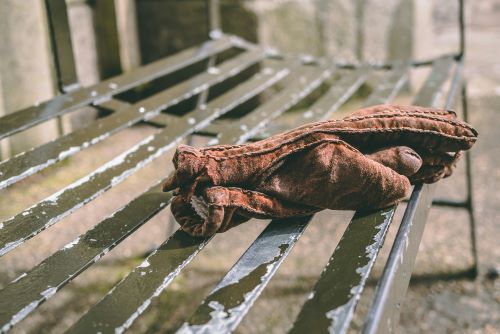
Lost and found

When items are turned in, they are kept in a locked safe at Codiac Transpo. If you are missing an item, send a description of the item and the route/day/time that it was lost to info@codiactranspo.ca or phone our office at 506-857-2008 and we will let you know if it has been found.
FAQs
What is the white or yellow line at the front of the bus for?
What is the white or yellow line at the front of the bus for?
When can I ask the bus operator a question?
When can I ask the bus operator a question?
Why are buses delayed or bunched together in a line?
Why are buses delayed or bunched together in a line?
What happens when a bus is behind schedule?
What happens when a bus is behind schedule?
Why do buses seem to be late more often in spring and summer?
Why do buses seem to be late more often in spring and summer?
Why did the bus go by me without stopping?
Why did the bus go by me without stopping?
Why do I sometimes see buses waiting at a bus stop?
Why do I sometimes see buses waiting at a bus stop?
What kind of training do bus operators receive?
What kind of training do bus operators receive?
How are buses maintained?
How are buses maintained?
What features are in place to ensure operator and passenger safety?
What features are in place to ensure operator and passenger safety?
What is happening with zero emission bus planning?
What is happening with zero emission bus planning?
Why take the bus?
Taking transit is a comfortable and efficient way to travel. Even if you do not use transit daily, consider building public transit into your routine to take advantage of these benefits.
1. Health

Public transit offers opportunities to be active while commuting.
- Get in your steps: Walk to your bus stop and consider getting off one stop sooner to allow for even more activity.
- Bike and ride: Bike to your bus stop and use the bike racks located on our buses to help with your commute.

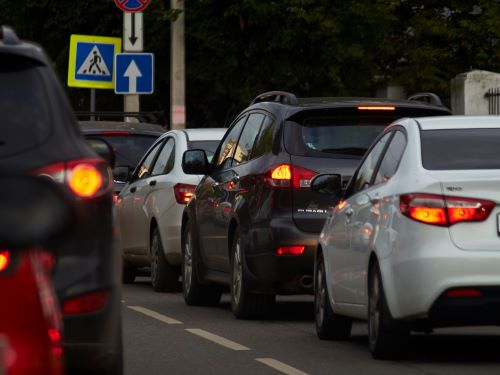
2. Environment

Using public transit is one of the most effective ways you can help the environment.
Transit helps:
- Provide cleaner air: Fewer cars on the road helps reduce greenhouse gas emissions and improves air quality.
- Reduce traffic congestion: Traffic congestion makes for a more stressful commute and contributes to urban sprawl.
- Reduce wear on roads: More traffic means more road damage, resulting in increased environmental disruption and road maintenance costs.
- Reduce noise: Modern transit buses are quiet and environmentally efficient, which contributes to the reduction of noise pollution.
Find out more:
Clean Air Day
Climate Change
Commuter Challenge
Environment Canada
Reports and Publications – Air Quality
3. Convenience

Taking public transit gives you the chance to sit back and relax while commuting.
- Bring your bike or stroller with you.
- Accessible routes give you access to the bus in your wheelchair.
- Winter travel made easy: let us deal with the slushy, slippery roads!
- Wi-Fi-enabled buses let you use your electronic devices en route.
- Your commute becomes time for yourself – read a great book or sneak a few extra minutes of sleep.
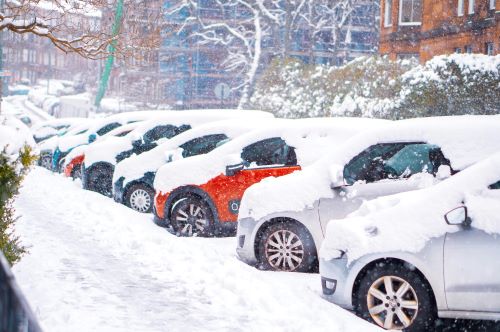
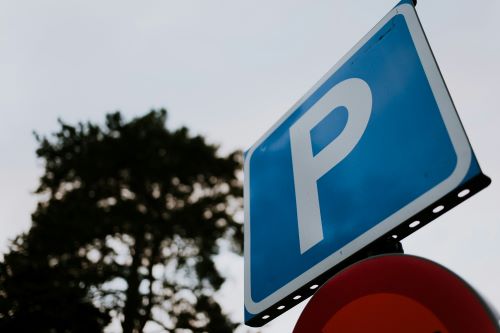
4. Cost

Public transit saves you the cost of:
- parking fees
- parking tickets
- fuel
- vehicle insurance
- vehicle maintenance
- vehicle registration
5. Get to know your community

Taking transit helps you learn more about your community and gives you a chance to get to know the people in your neighborhood. Transit can take you to Resurgo Place, the library, schools, and municipal parks.








